
 Life is a beautiful journey filled with precious moments and cherished memories. However, it is essential to prepare for the unexpected and ensure the well-being of your loved ones even when you are no longer around. That is where life insurance becomes an invaluable tool. Life insurance provides a safety net for your family and offers peace of mind by ensuring their financial security in the event of your untimely demise. In this blog post, we will explore how Savage can help you navigate the world of life insurance, providing comprehensive solutions to protect your family’s financial future.
Life is a beautiful journey filled with precious moments and cherished memories. However, it is essential to prepare for the unexpected and ensure the well-being of your loved ones even when you are no longer around. That is where life insurance becomes an invaluable tool. Life insurance provides a safety net for your family and offers peace of mind by ensuring their financial security in the event of your untimely demise. In this blog post, we will explore how Savage can help you navigate the world of life insurance, providing comprehensive solutions to protect your family’s financial future.
1. Customized Coverage to Meet Your Needs:
At Savage, we understand that every individual and family has unique requirements. Our team of experienced professionals will work closely with you to assess your specific needs and goals. Whether you are looking for term life insurance to cover a specific period or permanent life insurance that offers lifelong protection, we’ll tailor a policy that aligns with your circumstances, budget, and long-term objectives.
2. Comprehensive Financial Protection:
If you are the primary breadwinner in your family, your sudden absence could leave your dependents in a challenging financial situation. Life insurance can bridge this gap by providing a steady income stream to replace the earnings they relied upon. The death benefit, paid out by the policy, can assist your family in covering funeral expenses, outstanding debts, mortgage payments, and day-to-day living costs. It ensures that your loved ones can maintain their quality of life during a difficult transition.
3. Expert Guidance and Education:
Navigating the world of life insurance can be overwhelming, with various policy options and technical jargon to decipher. Savage takes pride in offering personalized guidance and education throughout the process. Our team will patiently explain the different types of policies, their benefits, and any associated riders or add-ons, empowering you to make informed decisions about your coverage. We believe that by understanding the nuances of life insurance, you can select the most suitable policy for your needs.
4. Flexibility and Adaptability:
Life is dynamic, and your insurance needs may change over time. At Savage we recognize the importance of adaptability. If your circumstances evolve, such as starting a family, purchasing a home, or retiring, we can review your policy and recommend adjustments to ensure your coverage remains relevant. We are committed to building lasting relationships with our clients, providing ongoing support and maintaining open lines of communication to address any changes or concerns.
5. A Partner in Financial Security:
Choosing Savage means partnering with a trusted ally dedicated to your financial security. Our team takes the time to understand your financial goals beyond life insurance, considering your comprehensive financial plan. We can help you explore additional strategies, such as retirement planning, investment options, and wealth preservation, to create a well-rounded approach that safeguards your family’s future and builds a legacy.
Life insurance is an essential component of a comprehensive financial plan, offering peace of mind and protecting your loved ones from unforeseen circumstances. Savage strives to be your trusted partner, guiding you through the intricacies of life insurance and providing tailored solutions that align with your unique needs and aspirations. With our expertise, personalized service, and commitment to your financial security, you can confidently embrace the future, knowing that your loved ones will be protected no matter what lies ahead. Contact a Savage advisor today to embark on your journey toward a secure future.
To learn more, check out our Life Insurance page: https://savageandassociates.com/life-insurance/
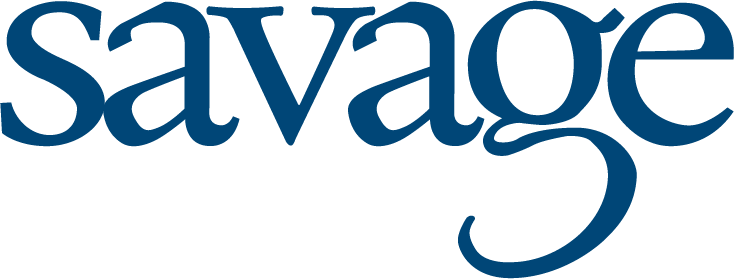
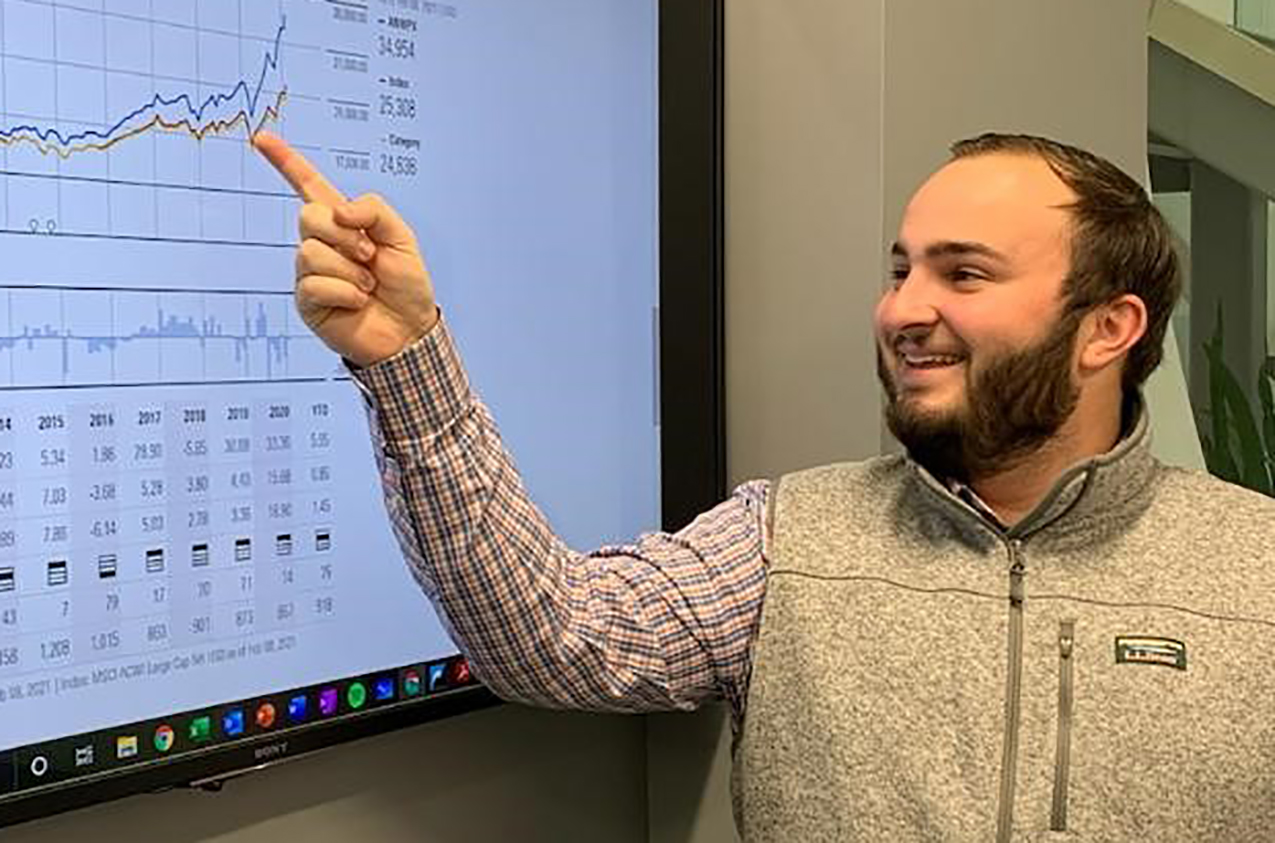
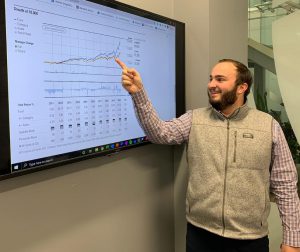 In the new age of trading apps and stock conversations on social media, more and more people are getting involved in the world of personal finance. As this change happens, we are currently in one of the largest wealth transfers in history with the aging of the baby boomers. Throughout all of this, young people are put in a place where they have a big financial situation to deal with, and many feel they can do this alone. So, this month, I am going to talk about the benefits of having a financial professional in your corner.
In the new age of trading apps and stock conversations on social media, more and more people are getting involved in the world of personal finance. As this change happens, we are currently in one of the largest wealth transfers in history with the aging of the baby boomers. Throughout all of this, young people are put in a place where they have a big financial situation to deal with, and many feel they can do this alone. So, this month, I am going to talk about the benefits of having a financial professional in your corner.
 First, let’s review your budget. My husband and fellow financial advisor, Nick, and I review our budget once a year at the end of the calendar year. This month, we’ll have some budget shifting to do because there are numerous factors that both increased and cut costs.
First, let’s review your budget. My husband and fellow financial advisor, Nick, and I review our budget once a year at the end of the calendar year. This month, we’ll have some budget shifting to do because there are numerous factors that both increased and cut costs.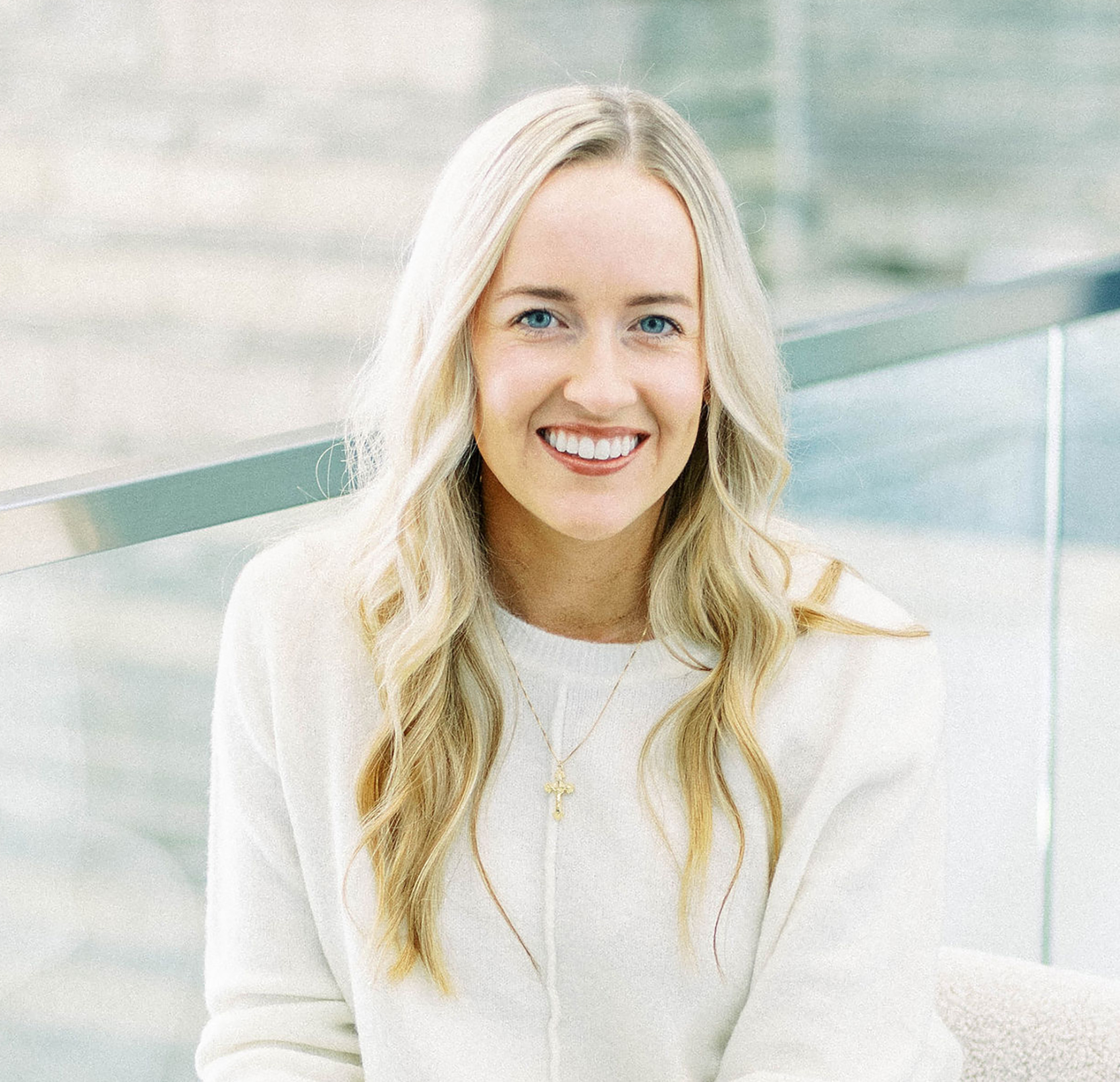
 This is a common question I get when I first sit down with an individual or couple.
This is a common question I get when I first sit down with an individual or couple.


 However, this long holiday weekend (happy belated Fourth of July!) brought some time to reflect on these past five years. While year one looks vastly different than today, one question from clients has remained the same: “Megan, how come they don’t teach this in school?”
However, this long holiday weekend (happy belated Fourth of July!) brought some time to reflect on these past five years. While year one looks vastly different than today, one question from clients has remained the same: “Megan, how come they don’t teach this in school?”



 Savage and Associates announced the addition of three advisors to its team, bringing the total number of associates to its highest level in company history:
Savage and Associates announced the addition of three advisors to its team, bringing the total number of associates to its highest level in company history:
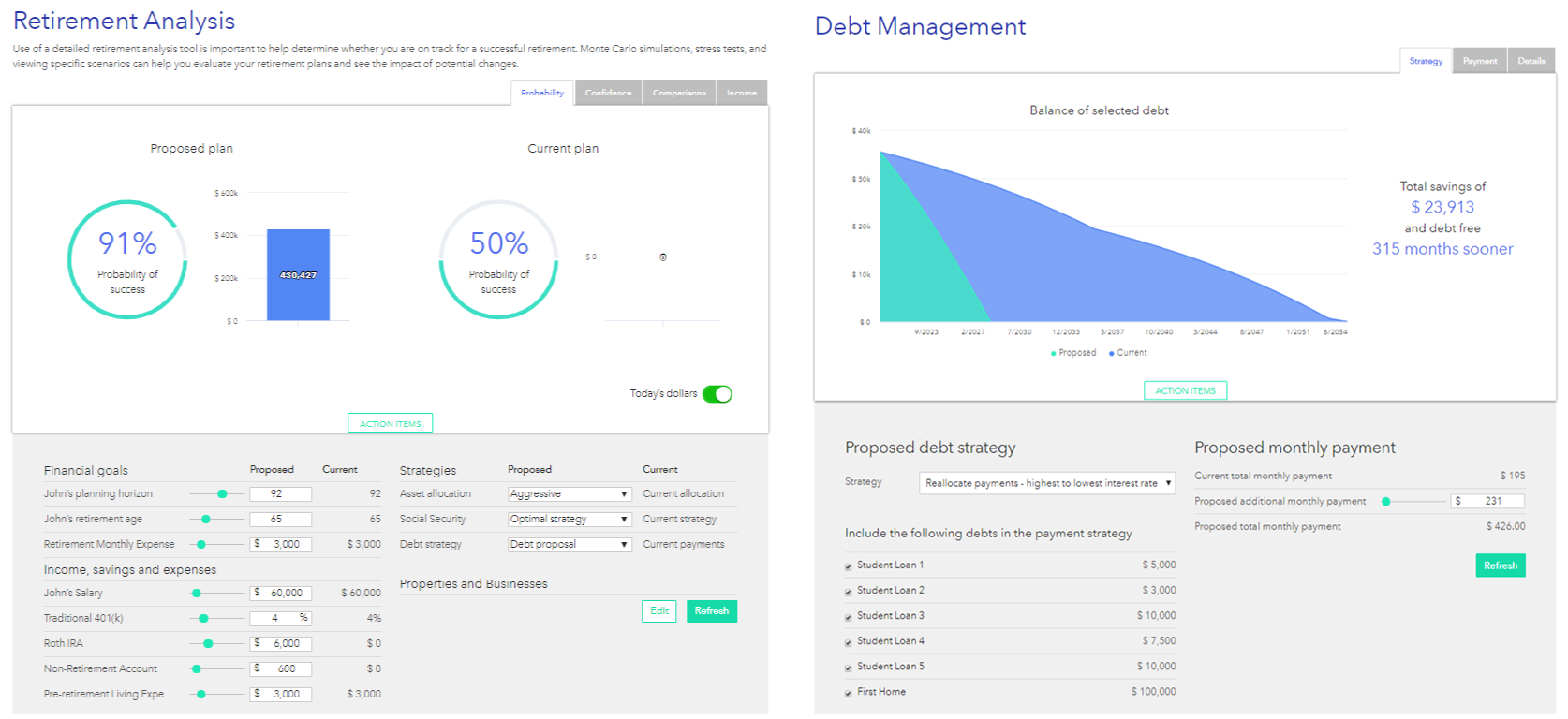 Above, you can see a few screenshots of the many tools that Right Capital provides my clients. Whether they are getting started and trying to figure out how to pay off student loans (debt management), or want to know if they are on track to meet their long-term goals (retirement analysis), this platform helps them visualize the importance of proper planning. I want to make sure my clients understand my job doesn’t end at selecting investments, but also educating them in all facets of their financial picture.
Above, you can see a few screenshots of the many tools that Right Capital provides my clients. Whether they are getting started and trying to figure out how to pay off student loans (debt management), or want to know if they are on track to meet their long-term goals (retirement analysis), this platform helps them visualize the importance of proper planning. I want to make sure my clients understand my job doesn’t end at selecting investments, but also educating them in all facets of their financial picture. About Megan:
About Megan: